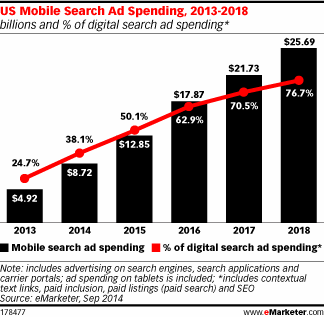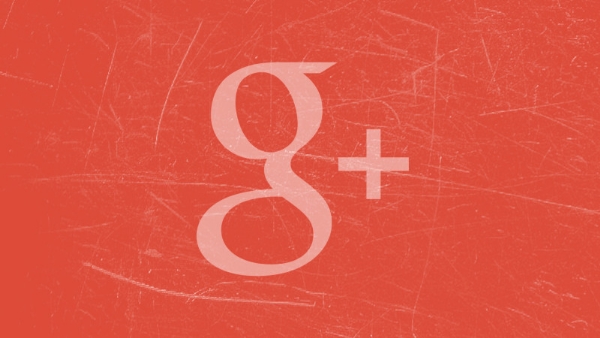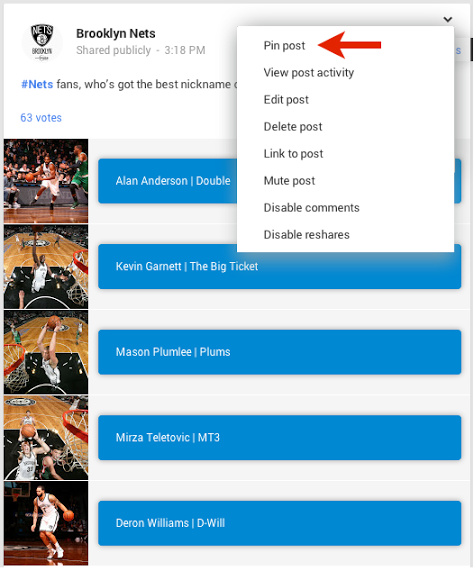
A recent report from Chitika Insights shows the iPhone generates more traffic across both apps and the mobile web in North America than any other smartphone manufacturer. Perhaps surprisingly, its share of traffic was larger on the mobile web than across app usage.
For the study, Chitika analyzed two sets of data including half a billion mobile exchange impressions through their Cidewalk platform (for app traffic) and millions of ad impressions from the Chitika Ad Network (for web traffic).
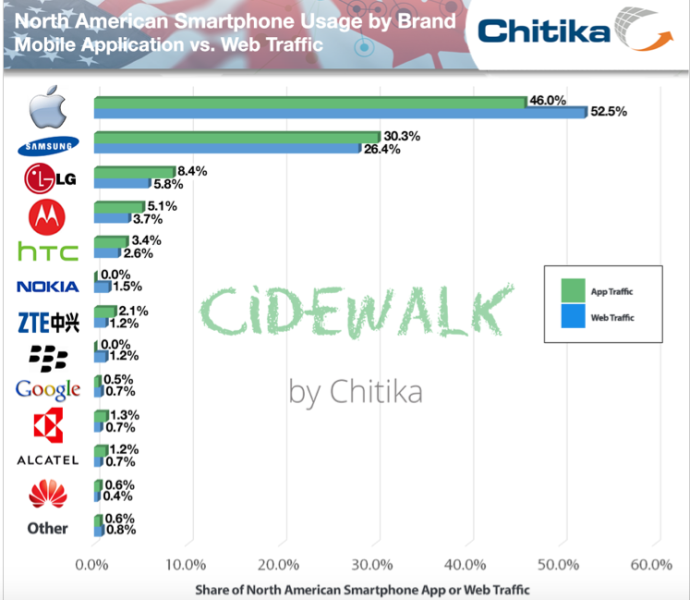
While Android devices collectively make up 54% of app-based internet traffic throughout North America, Apple takes the largest individual share. Apple also generates more web traffic (52.5%) than all Android devices combined. In both instances, Apple leads the second most popular smartphone maker, Samsung, by approximately 20 points.
This may seem strange to many, as Google search is prominently featured and more deeply ingrained in Android devices, while the iPhone emphasizes its app store strongly. Chitika explains the interesting findings by saying:
It’s likely that Apple users, in aggregate, are simply more likely to use their browser throughout the course of a given day. Safari has regularly earned praise for its functionality on mobile, and, perhaps more importantly, Apple makes it the default browser for any link clicked on an iOS device. This familiarity may predispose iPhone users to more often trust in their browser when performing tasks, as opposed to finding and using an associated app.

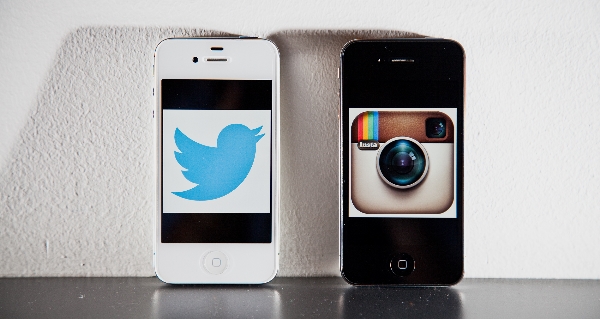



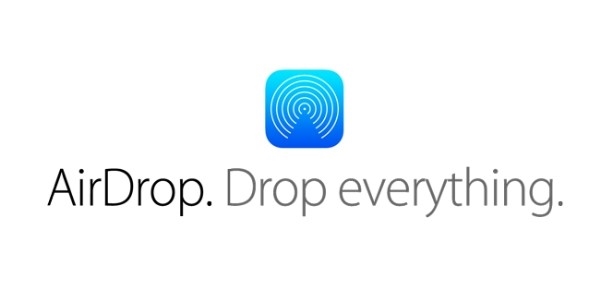

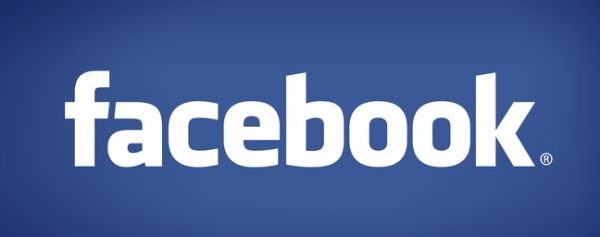

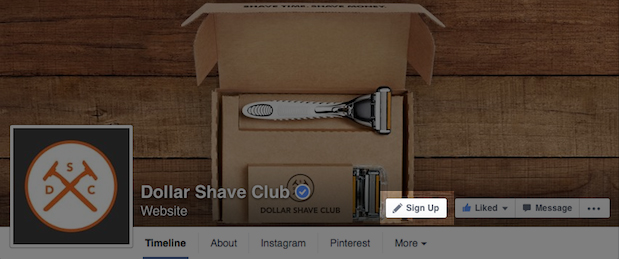
 Instagram is quickly becoming one of the most popular social media platforms around. With new estimates saying Instagram pulls in 300 million monthly users, the photo- and video-sharing app has bypassed Twitter’s official user count of 284 million. The new numbers mark a 100 million user increase since March.
Instagram is quickly becoming one of the most popular social media platforms around. With new estimates saying Instagram pulls in 300 million monthly users, the photo- and video-sharing app has bypassed Twitter’s official user count of 284 million. The new numbers mark a 100 million user increase since March. Over the past few years, search engine optimization (SEO) has endured a drastic shift from focusing on building link profiles filled with as many links of any quality that you could accumulate to emphasizing the value sites offer to users by assessing content quality. Of course, as the shift has occurred many online marketers were left wondering “what exactly is quality content and how do search engines judge my content?”
Over the past few years, search engine optimization (SEO) has endured a drastic shift from focusing on building link profiles filled with as many links of any quality that you could accumulate to emphasizing the value sites offer to users by assessing content quality. Of course, as the shift has occurred many online marketers were left wondering “what exactly is quality content and how do search engines judge my content?”
